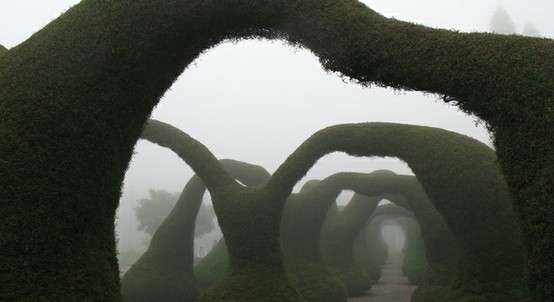Almost since the dawn of time, people have had a tendency to decorate the world around them to more please their aesthetic senses. One of the most popular ways to do this is by using the natural world mixed with the innovations of man-made art. Thus, gardens have been a popular way of expressing beauty (and usually vast wealth) for millennia. Though many of the greatest gardens have been lost to time, existing now only in history books and legends, there are still many which have made it through the centuries. I have gathered here six of these gardens, from the Far East to the Americas. And though description can certainly not do these amazing locations justice, I have tried to include links to picture galleries where I could find them. Enjoy.

The Garden of Cosmic Speculation - Scotland
Located near Dumfries in southwestern Scotland, this garden of mathematics, science and modern art was first put together recently, in 1989. It is a landscape of strange patterns and shapes, each part of the garden representing something unique. There are fewer plants than one might expect in a typical garden, but that is more than made up for with the sculptures and bizarre landscaping. Unfortunately, this site is privately owned and not open to the public except for one day out of each year. Though you may not be able to make it on that day, you can still check out this great gallery of photos.
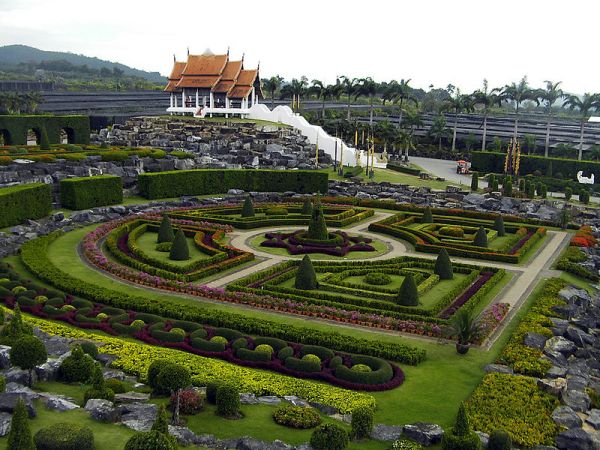
Nong NoochTropicalBotanical Garden - Chonburi, Thailand
Nong Nooch, in Thailand, is a massive botanical garden that stretches across more than 500 acres. It first began as a plantation and eventually evolved into the conservational project and tourist attraction that it is today, finally opening to the public in 1980. The unique environment of the region means that many different plants can grow well in Nong Nooch. Thus, many different cultural styles were used in creating each area of the park, each with its own influences and variety of plants to match. Nong Nooch is also known for having the world’s largest collection of tropical palms.
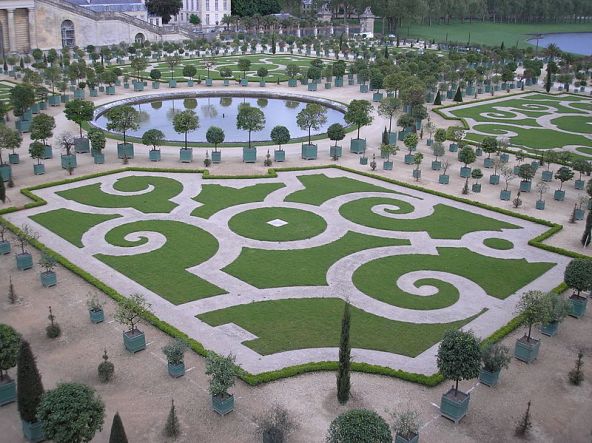
Garden of the Palace of Versailles - Versailles, France
Most of us have probably seen this garden in more than one movie, as it seems to be quite the popular place to film if you happen to be doing a film about historic French royalty. It was first designed in the mid-17th century to be enjoyed by the aristocracy, though is now open to the public. It was, at the time, a massive undertaking that required a complete reworking of the landscape in order to achieve. Now, there are hundreds of thousands of trees and flowers, 50 fountains and numerous sculptures. Being that it is hugely popular tourist attraction, bringing in more than 6 million people a year, it is also the site of many activities and celebrations.
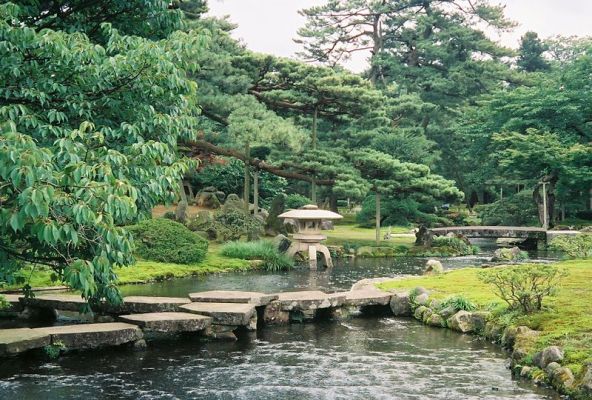
Kenroku-en Garden - Ishikawa, Japan
Japan has no shortage of beautiful gardens, so it was hard to choose just one for this list, but Kenroku-en is considered one of the three most amazing in the country. Once the private garden for a nearby castle, it was built up over the course of the centuries during Japan’s feudal age, finally being opened to the public in 1871. This carefully landscaped piece of art is a mixture of mad-made structures and natural surroundings, done in such a way as to emphasize harmony. There are plenty of streams, waterfalls and ponds, along with teahouses, bridges and a wide variety of plant life. This garden gets particularly beautiful during the spring, when the cherry blossoms bloom, and during the winter, when the garden takes on a snow-covered aspect.
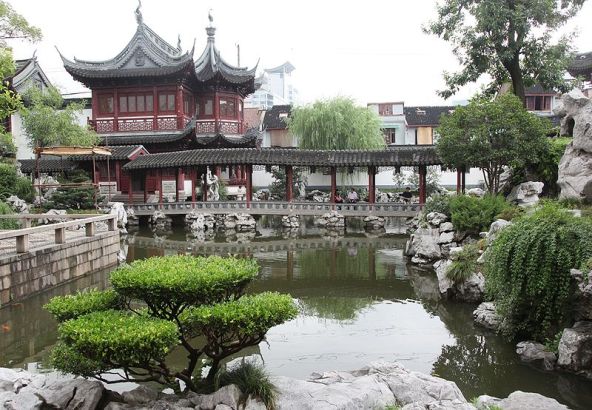
Yuyuan Garden - Shanghai, China
Similar to the style of Japanese gardens, the gardens of China follow a devotion to creating balance between the mad-made and the natural. Yuyuan is fairly small at just 5 acres, but it is a great example of the classic Chinese garden style located within the busy urban center of Shanghai. First put together in the mid-16th century, Yuyuan eventually fell into disrepair. It was later renovated and opened to the public during the late 18th century. It is an amazing collection of pavilions, bridges, ponds, halls and sculptures of landscapes in miniature. All this is contained within an old wall and bears the aesthetic mark of its time of origin during the Ming Dynasty. You can check out more great photos at this site.
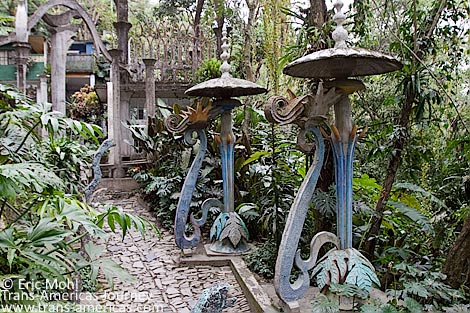
Gardens of Las Pozas - Xilitla, Mexico
Though the Gardens of Las Pozas are located in Mexico, they were originally the project of an English poet by the name of Edward James. Back in 1947, James had a plantation and took to designing the gardens in his spare time. Bad weathered killed the orchids that originally decorated the site, but these have since been replaced by the sculpture garden that exists today. James kept adding to the site up until his death in the mid-1980s. Now, there are more than 20 acres of tropical jungle with 36 surrealist sculptures mixed among the natural landscape. Waterfalls and streams stand beside bizarre buildings and plants both real and man-made. Check out more photos of these gardens at this site.
FranciscoAlvaradoPark courtesy of indulgy.com
Garden of Cosmic Speculation courtesy of Flexdream via Wikicommons
Nong Nooch courtesy of Brenden Brain via Wikicommons
Gardens of Versailles courtesy of Deror avi via Wikicommons
Kenroku-en courtesy of Rei via Wikicommons
Yuyuan courtesy of Hans A. Rosbach via Wikicommons
Las Pozas courtesy of trans-americas.com




